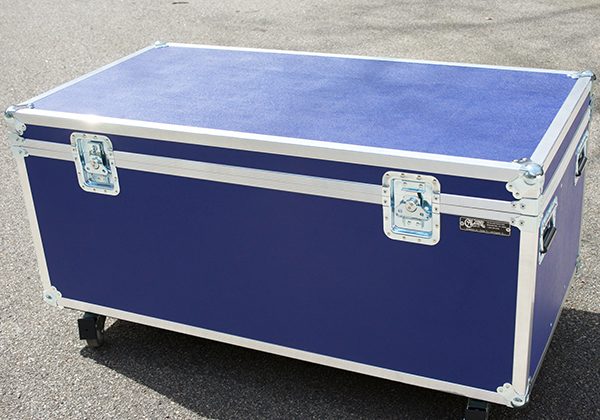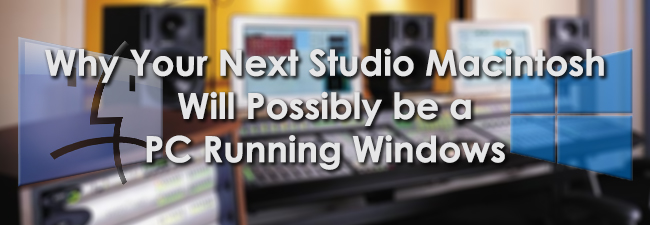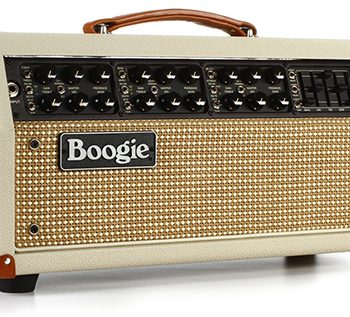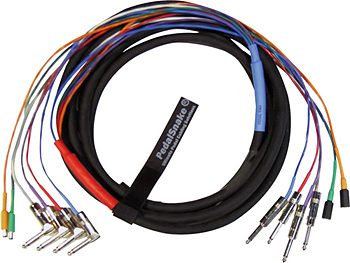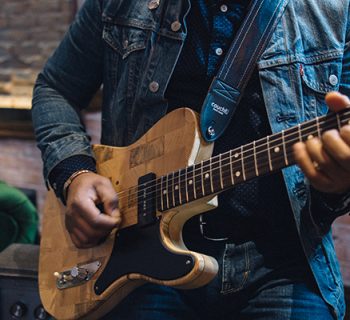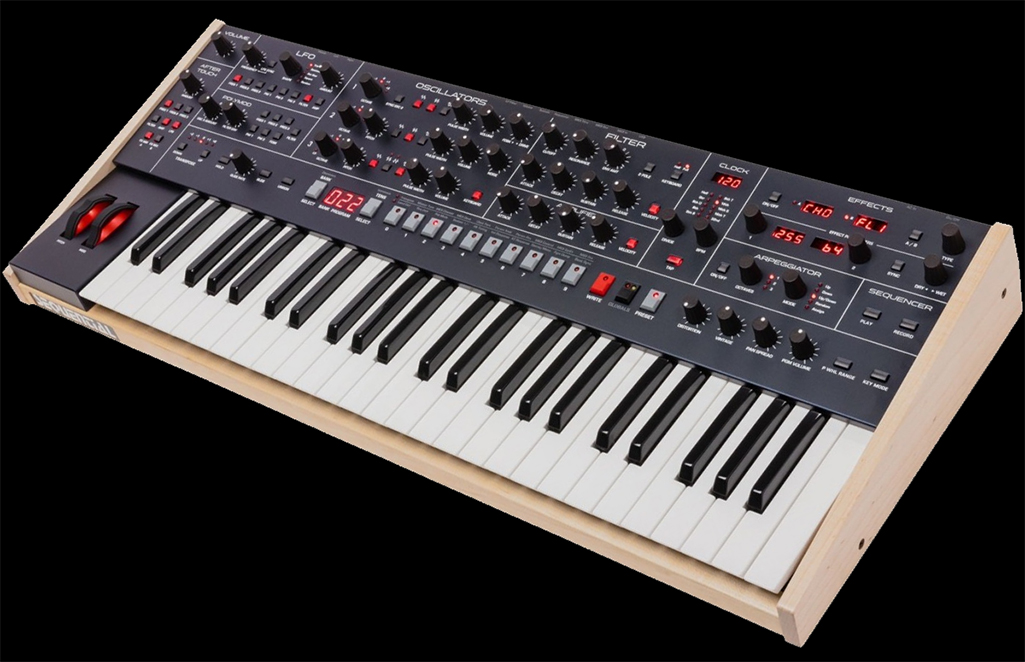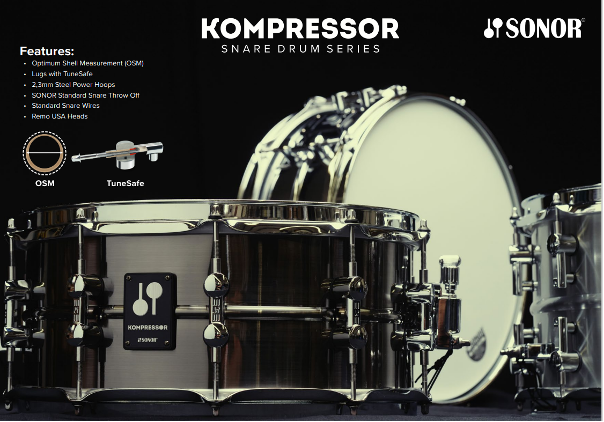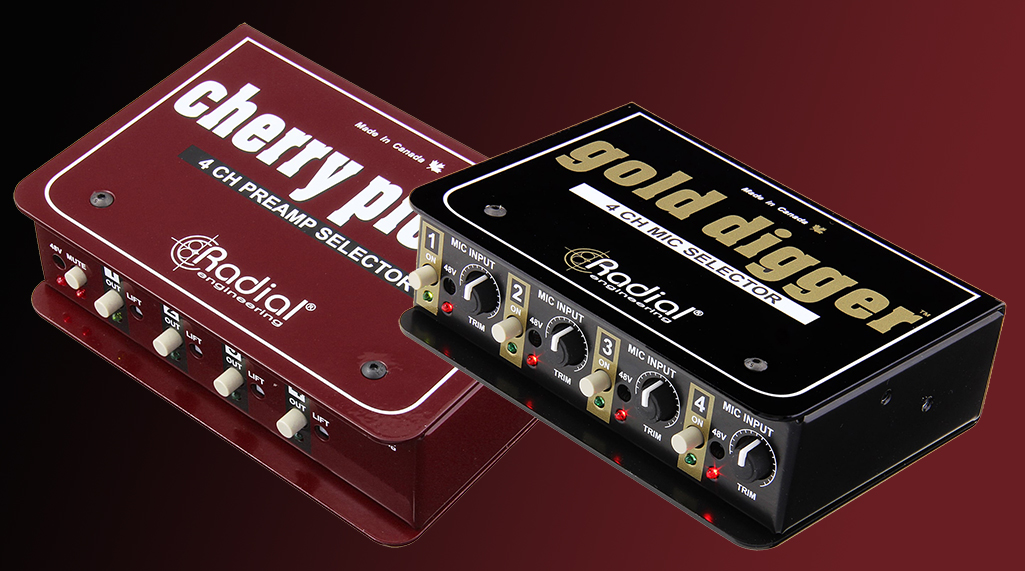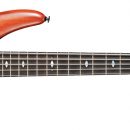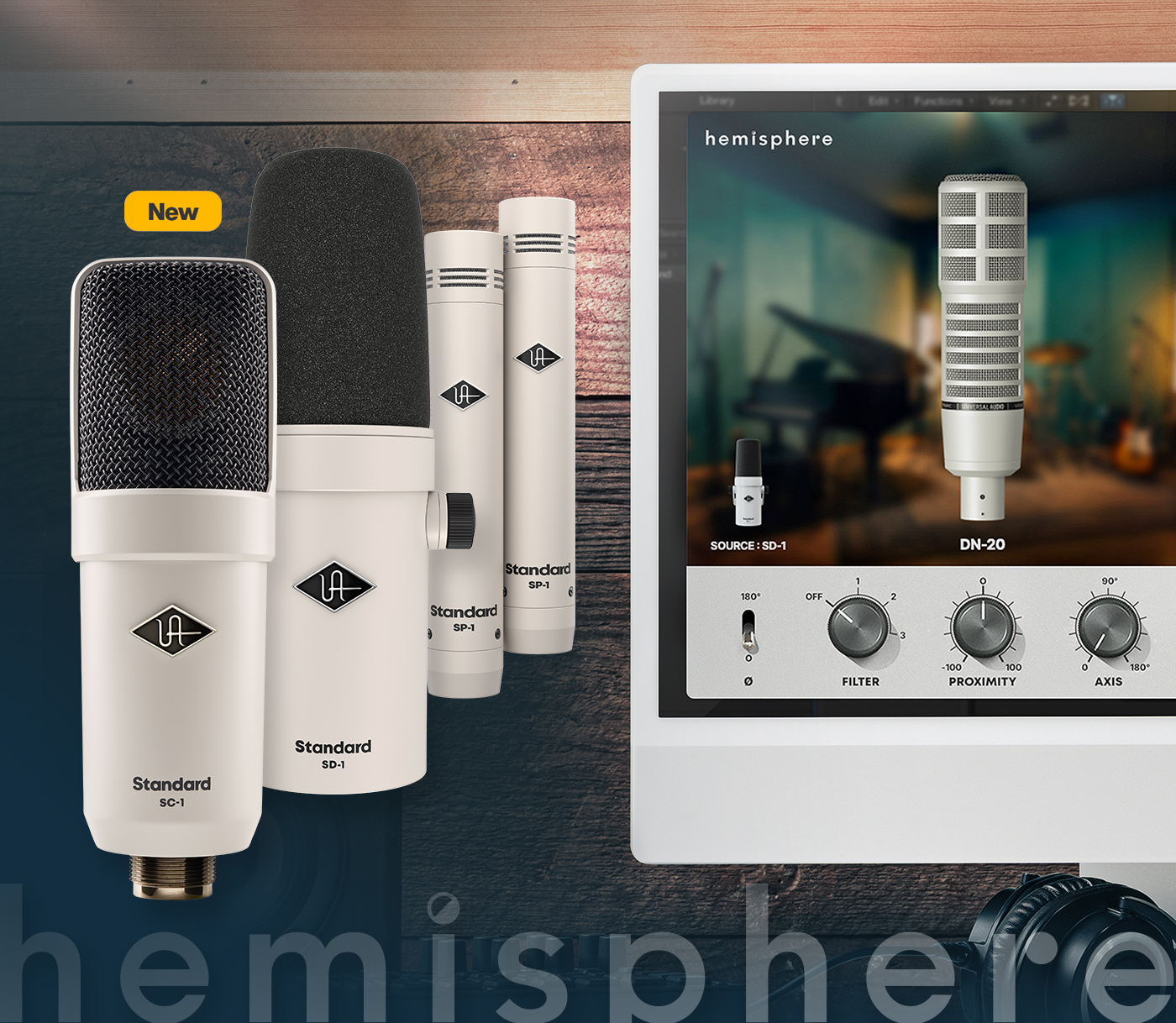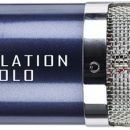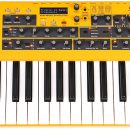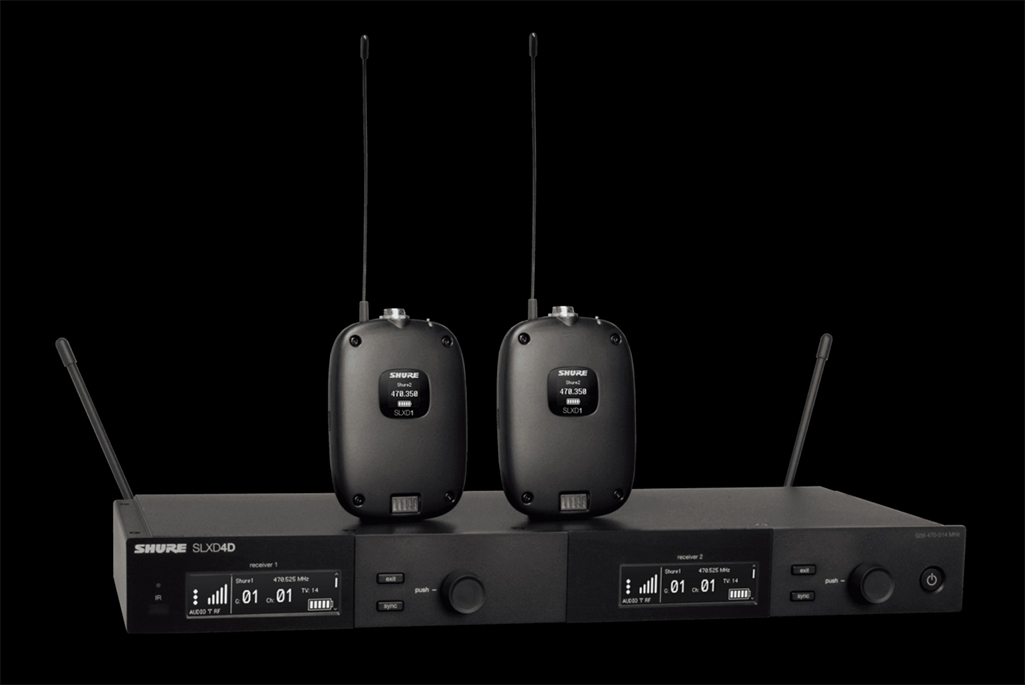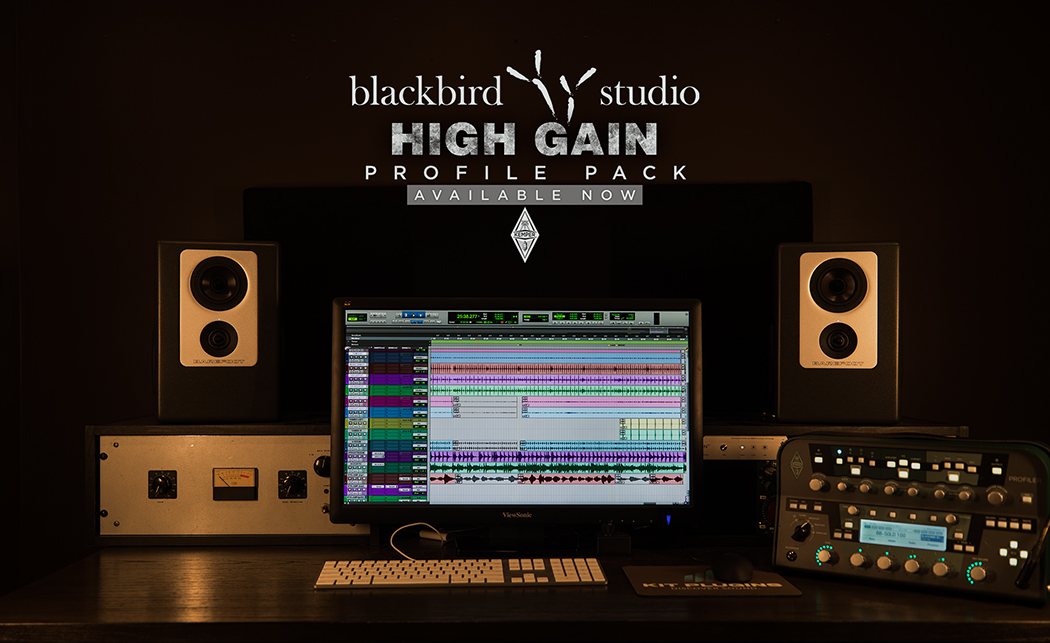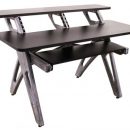 Over the past forty years, Calzone Case Company has built a solid reputation with their lines of American made, custom cases that serve the pro music and entertainment industry (today, they also own the Anvil Case Company and Ascot Cases, and generally speaking, cases from each company are really one in the same, just differing based on geography and which facility builds the product).
Over the past forty years, Calzone Case Company has built a solid reputation with their lines of American made, custom cases that serve the pro music and entertainment industry (today, they also own the Anvil Case Company and Ascot Cases, and generally speaking, cases from each company are really one in the same, just differing based on geography and which facility builds the product).
This review looks at an essential case for the touring or gigging professional keyboard player with a large keyboard rig, one that will unquestionably simplify your ability to transport and set up multiple keyboards in record speed, assuming you’ve got a large vehicle for the actual transportation.
As you can see from the photos, this custom keyboard case (or keyboard coffin, as our band mates like to say) was built to transport up to three large keyboards resting on their back edges, key tips to the sky. What you don’t see from the photos, however, is the attention to detail that custom cases like this one feature.
First, we had the case custom sized to accommodate our specific keyboards including a Korg Kronos 73-key keyboard, a Roland A-70 76-key MIDI controller, and a Dave Smith Instruments Prophet 12 49-key keyboard. We supplied Calzone with the dimensions of these keyboards, and made sure to leave a few extra inches for the middle slot, where we anticipated replacing our old MIDI controller with a new one that had slightly larger dimensions. Not only did each keyboard “pocket” had a different thickness, but each slot had a different depth (height) so that the tope edge of all three keyboards were level with each other.
The case has very dense, thick foam that cradles the keyboards. We suspect the case could withstand a drop far more serious than we’d ever allow it to experience with our prized possessions inside, but chose not to test our assumptions. Calzone is happy to throw in some extra chunks of foam (if you ask nicely) that can be used for additional padding, or in the case of our shorter-than-the-rest Prophet 12, we dropped in a foam block to use as a dividing wedge between the keyboard and a space to stash some random accessories.
There’s a notch cut out in the middle of each slot’s foam so that you can more easily grasp each keyboard, but with heavier keyboards like our Kronos, you might find it best to have someone help you lift the keyboard in/out of the case. Reaching the back slot required a long reach, but fortunately, our keyboard in slot 3 was particularly lightweight and easy to handle.

The case itself was made from 3/8” plywood, covered in our choice of colored laminate, and had a set of four-inch casters, two with locks. By default, a case like this has only a pair of handles at each end (fine for loading in/out of a van/trailer), but we added another pair of handles on the front and rear of the case so that we could load it, coffin style, into the back of an SUV.
With dimensions measuring 53” x 27” x 27.5” tall, this case isn’t exactly small, but it does just fine into the backs of our Mazda CX-9 and Toyota 4Runner SUVs with the rear seats folded down. Setting up for the gig is where this monster of a case shines, and handily blows away your collection of independent hard cases or gig bags.
Consider a club gig with multiple bands, where you have fifteen minutes to completely set up and be ready to play. With our old setup, it took a considerable amount of time to open individual flight cases, remove keyboards and place them on their stands, close each case and its latches, and then relocate the cases to wherever the venue directed. But with this case, we simply opened the lid (trunk style), lifted our keyboards out, then simply closed the lid and rolled the case aside. And for some gigs, we actually use the case as our second keyboard stand—it’s a good height for serving double duty, and you can place damper pedals underneath thanks to the clearance provided by the casters.
In the world of custom keyboard cases, you can alternately order a case from Calzone that holds two or three keyboards horizontally, with a removable front panel. You just slide keyboards off of their shelves and onto your stands. But this case design is only recommended for use with lighter-weight keyboards, to avoid the upper tier shelves sagging over time. If you have only one heavy keyboard and a couple of lightweight controllers or small synths, though, this alternate design might be appealing.
A case like this won’t completely eliminate your need for individual keyboard cases. You’ll still want a set of individual cases or gig bags for daily rehearsal life, but if you’re regularly playing live shows, this big box of goodness will make your life (or your roadie’s) much easier and protect your gear better than ever, even if you have to withstand everyone asking you if that case is where you store the bodies.
This case, as custom configured here, costs $1,195. With custom cases, though, price can vary considerably based on the size of the case, thickness of wood, number of keyboards it will house (two vs. three or four), amount of foam, etc. It’s not cheap, but really not much costlier than buying three individual hard cases—and far more convenient for any gigging professional keyboard player.

Contact Information
Calzone Case Co.
www.calzonecase.com
Overall Rating - Product Summary

